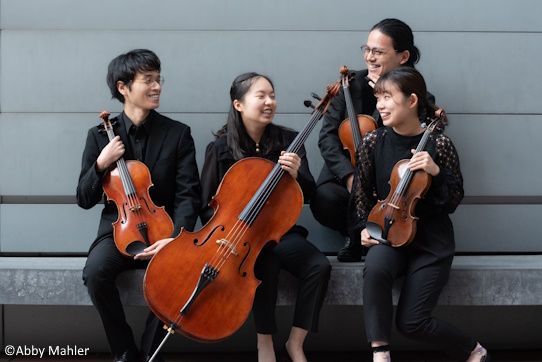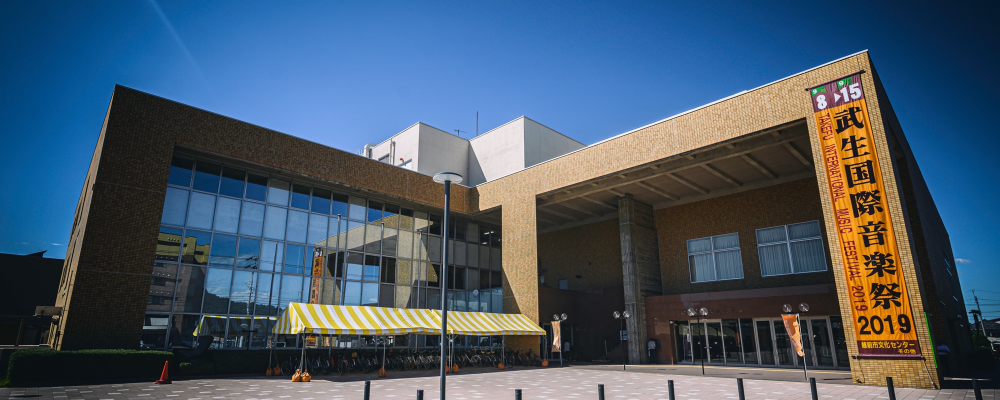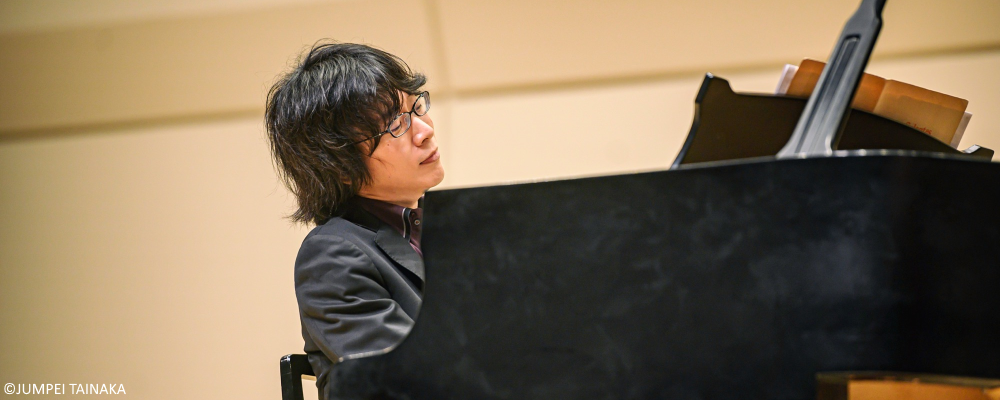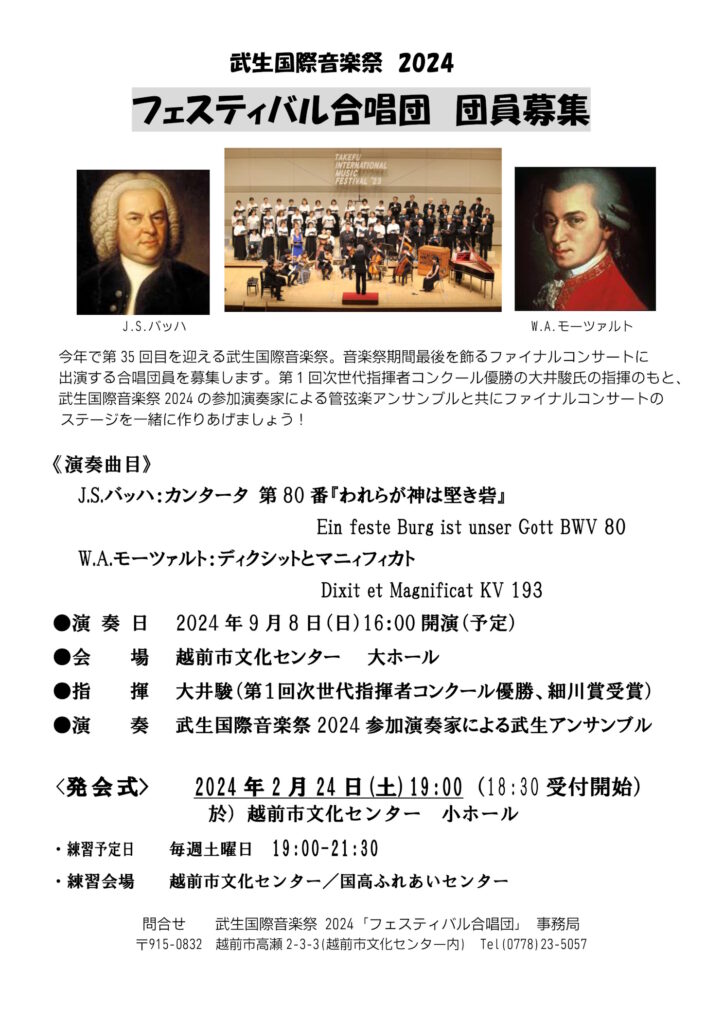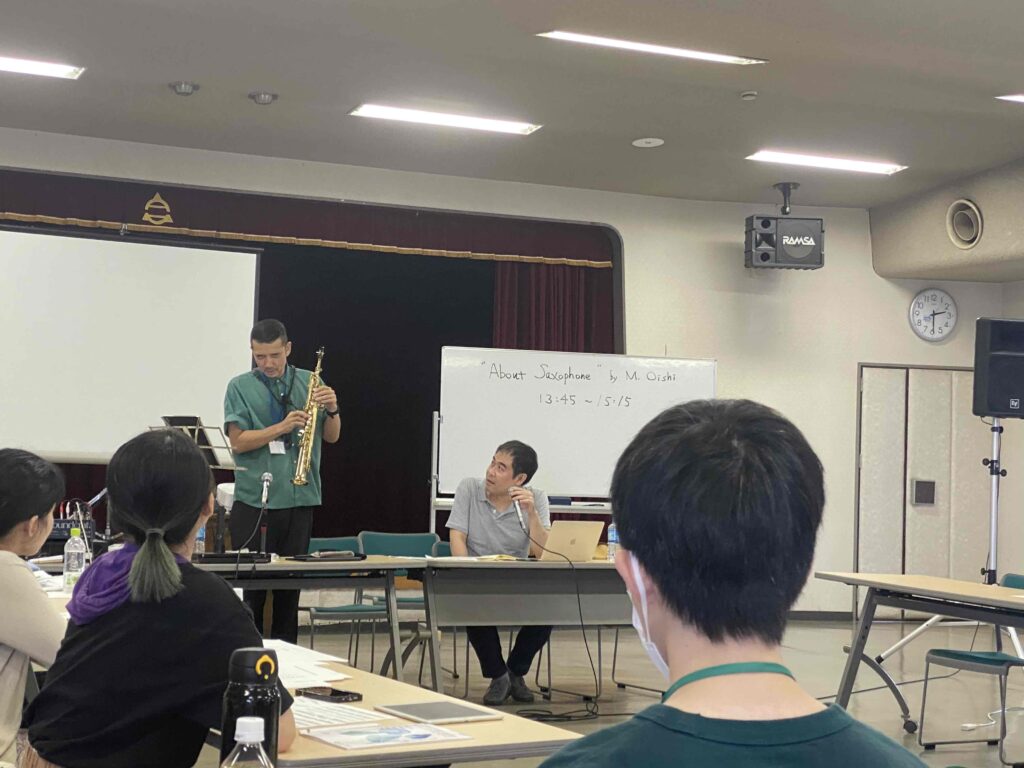武生国際音楽祭2023、9月9日の新しい地平IIIコンサートの英語版プログラムノートです。日本語版については、武生国際音楽祭2023で販売中のプログラム冊子等をご参照ください。
KINOSHITA Masamichi : Terre anonyme/ Oiseau anonyme II
(KASAI Tomoko/percussion, MATSUMURA Takayo/harp)
The title was inspired by the poetry of Edmond Jabès, an Egyptian-born Jewish poet who wrote in French, especially his last work, “The Book of Hospitality”.
Now, about 80% of this piece is made up of quotations from other composer’s works (Jabès’s words often hint at “quotations” as well). They come in three forms: those that are obvious and easy to understand, those that have been modified and are somewhat difficult to hear, and those that are no longer integrated with the structure of the piece and are almost unnoticeable. These activities persist through various “strategies”, sometimes inspiring each other, sometimes nesting inside each other, sometimes feeding on each other, sometimes ignoring each other, and even undergoing unexpected transformations. In the field where the sound is produced, the performer’s unique physicality and spatiality are taken into account, and it emerges as an “anonymous sound field” and is once again promoted as “music”. As a composer, I would be happy if I could hear even the slightest part of the “shadow” in which these sounds were chosen, the slight fluctuations of that part. (KINOSHITA Masamichi)
Justė Janulytė : Harp is a chord
(SUZUKI Masato/harpsichord,OTA Tomomi/accordion)
In this piece two instruments of a very different or even opposite origin and acoustic nature are melted into a monolithic “monochrome” mechanism, as if constructing a utopian instrument with characteristics of the harpsichord and accordion. The idea of such composition came from a play on words, only changing a sequence of letters in an English name of the harpsichord: harpSIchord – harpISchord. “Harp” is being read as an arpeggio (e.g. a technique asking to play chord notes in succession upwards or downwards), while “chord” is perceived as a synchronous entrance of all the chord sounds together. In this piece the two indivisible phases of sound – sound attack and resonance – are being separated in a sense of timbre. The first one is obviously assigned to the harpsichord, which naturally has almost no resonance, and the second one clearly belongs to the accordion, dynamically raising sounds from the silence. By the way, the principle of duality/opposites is expressed also through a special use of double keyboards which both instruments have whilst the diatonic white-keys harmony comes from the “eolian (wind) harp” sound. (Justė Janulytė)
Toshio Hosokawa : Three Love Songs
(Ilse EERENS/sopurano, OISHI Masanori/saxophone, KASAI Tomoko/percussion)
This work was commissioned by the government of France, and is dedicated to its first performers, Mari Kobayashi (voice) and Claude Delangle (saxophone). The text is based on three waka poems of Izumishikibu, a poet of the Imperial Court in the Heian Era.
I. kuraki yori
Oh, Moon on the mountain ridge, shine
your light on one such as me. (Composed when the poet was 16 or 17 years old.)
kuraki michi ni zo irinubeki
haruka ni terase yama no ha no tsuki
-from the Shuishu-
Ever since I was young, I’ve been traveling a dark road.
(Translation)
II. arazaramu
kono yo no hoka no
omoide ni
ima hitotabi no
aukoto mogana -from the Goshuishu-
(Translation)
My illness gets worse, and my life may not be long. memory to take with me to the other side.
III. mono omoeba sawa no hotaru mo
wagami yori akugare izuru tamaka to zo miru
(Translation)
Lost in vague thoughts.
from me?
Four handbells are needed for Part III. To the extent possible, the pitch of each bell should differ slightly, yet it is desirable for the pitch to be nearly the same for all.
Commissioned by
Ministère de la Culture (France)
Fireflies blinking at the water’s edge.
Is that my soul I see stealing away
I want one more meeting with you, one more (Toshio Hosokawa)
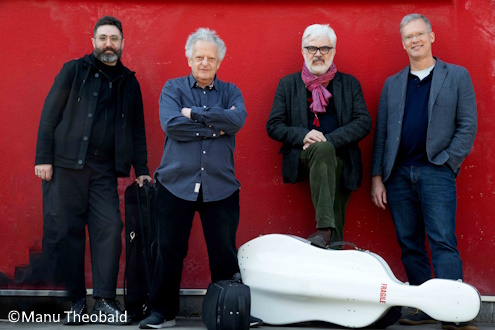
.jpg)
